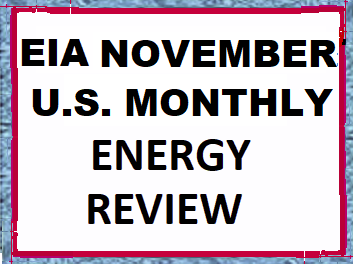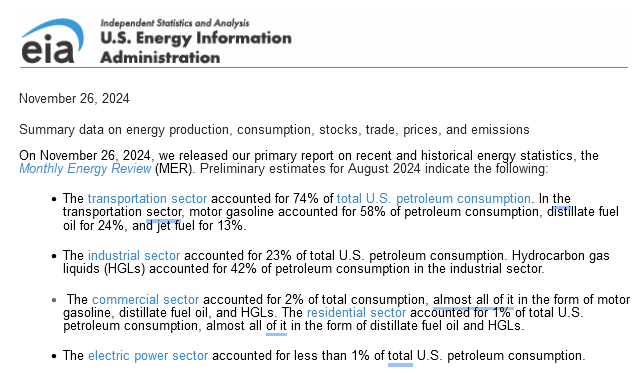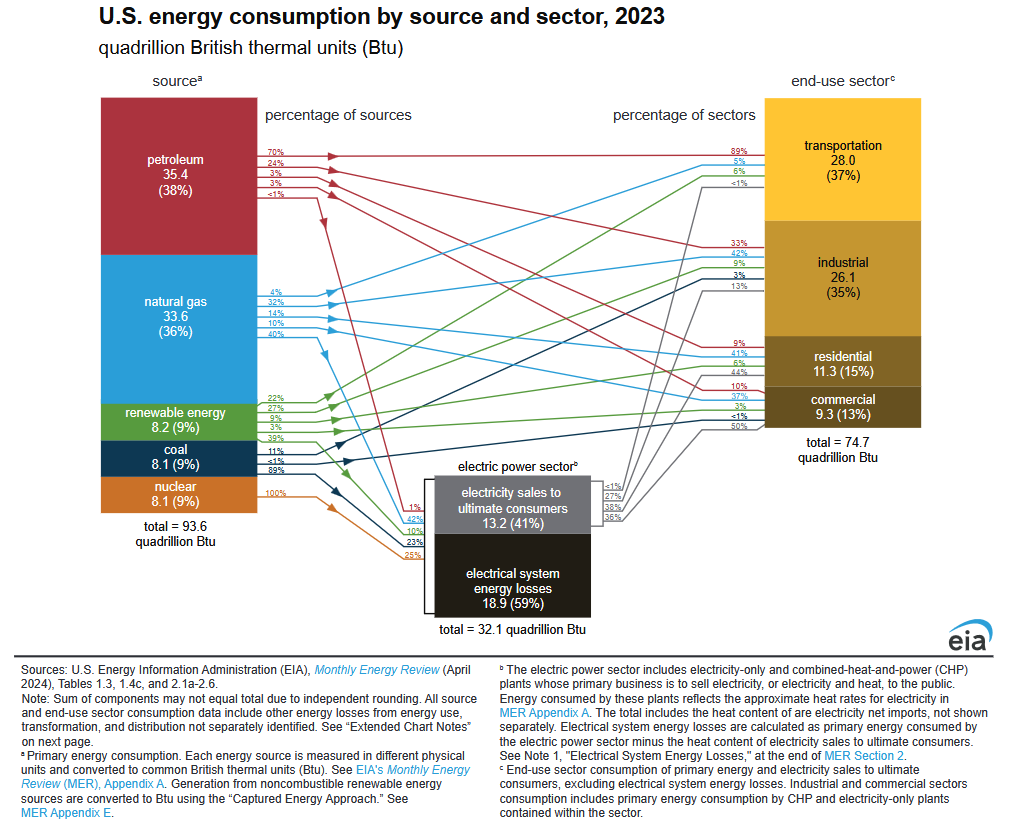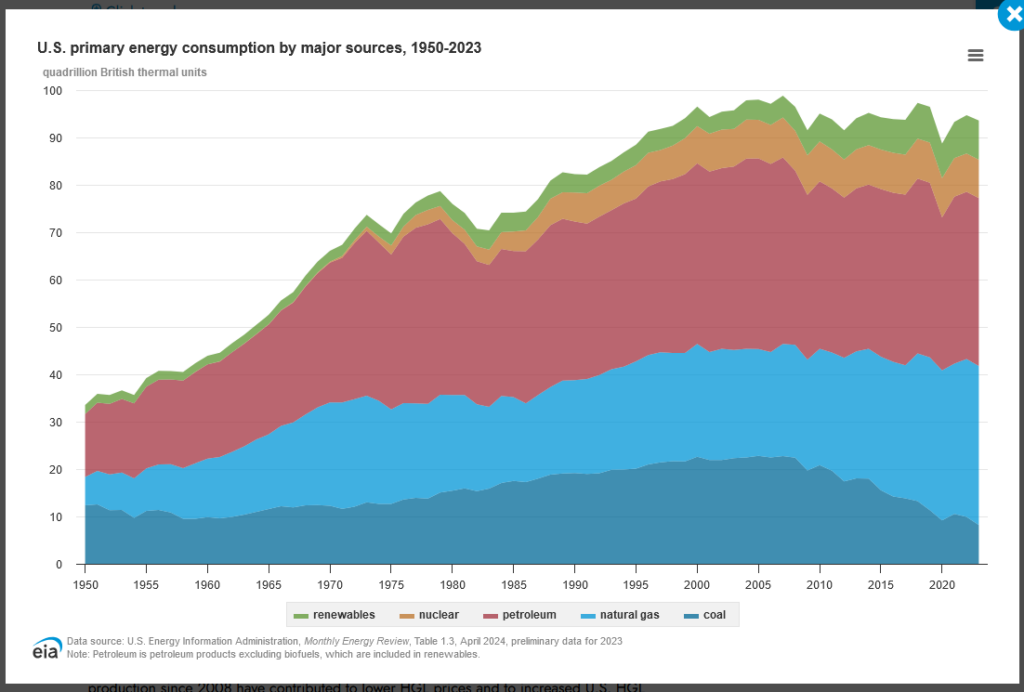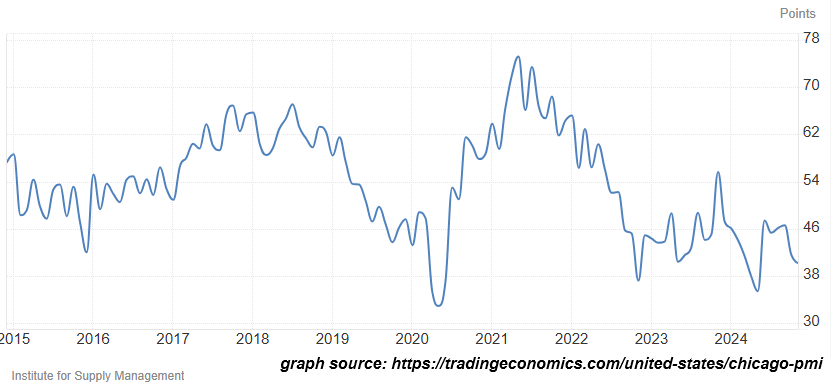Weather Outlook for the U.S. for Today Through at Least 22 Days and a Six-Day Forecast for the World: posted December 1, 2024
This article focuses on what we are paying attention to in the next 48 to 72 hours. The article also includes weather maps for longer-term U.S. outlooks (up to four weeks) and a six-day World weather outlook which can be very useful for travelers.
First the NWS Short Range Forecast. The afternoon NWS text update can be found here after about 4 p.m. New York time but it is unlikely to have changed very much from the morning update. The images in this article automatically update.
Short Range Forecast Discussion
NWS Weather Prediction Center College Park MD
Sun Dec 01 2024
Valid 12Z Sun Dec 01 2024 – 12Z Tue Dec 03 2024…Heavy lake-effect snow starts to wind down over the Upper Great Lakes
later on Sunday……Heavy lake-effect snow continues downwind from Lake Erie through
Tuesday……Light to moderate snow over parts of the Northern Plains and
Upper/Middle Mississippi Valley and Central Appalachians on Sunday; on
Monday, light to moderate snow over parts of the Southern Ohio Valley……Temperatures will be 10 to 15 degrees below average over parts of the
Northern Plains to the Ohio Valley and the eastern third of the country...High pressure over Central Canada will settle southeastward to the Middle
Mississippi Valley by Tuesday. The high pressure will also usher cold air
over parts of the Northern Plains to the Ohio Valley and across the
eastern third of the country, bringing temperatures of 10 to 15 degrees
below average. Freeze Warning will be over the Central/Eastern Gulf Coast
States.The upper-level troughing over the Upper Midwest/Upper Great Lakes into
the Northeast will weaken Monday into Tuesday. The cold air streaming over
the Great Lakes will produce heavy lake-effect snow over the Upper
Peninsula of Michigan through Monday morning. Lighter snowfall will
develop over most of the west coast of the Lower Peninsula of Michigan.
However, heavy lake-effect snow will develop over the parts of the
northern Lower Peninsula of Michigan near the Traverse City to Gaylord
regions and will start to taper off on Monday into Tuesday. Moreover,
heavy lake-effect snow will continue downwind from Lakes Erie through
Tuesday. The heavy lake-effect snow will continue downwind of Lakes
Ontario on Sunday and taper off on Monday into Tuesday.Moreover, upper-level energy will produce light to moderate snow over
parts of the Northern Plains and Upper/Middle Mississippi Valley on
Sunday. Furthermore, a wave of low pressure will create light to moderate
snow over parts of the Central Appalachians on Sunday. On Monday, a second
wave of low pressure will create light snow over parts of the Southern
Ohio Valley into the Tennessee Valley. A third wave of low pressure over
West-Central Canada will initiate light snow over parts of the Upper
Midwest by Tuesday morning.Meanwhile, weak return flow off the Gulf of Mexico will create light rain
over parts of the Western Gulf Coast on Sunday and scattered showers and
thunderstorms on Monday. Elsewhere, upper-level ridging over parts of the
West Coast will create stagnant air conditions over the valley locations
from interior California into the Pacific Northwest, leading to areas of
dense fog and poor air quality.




